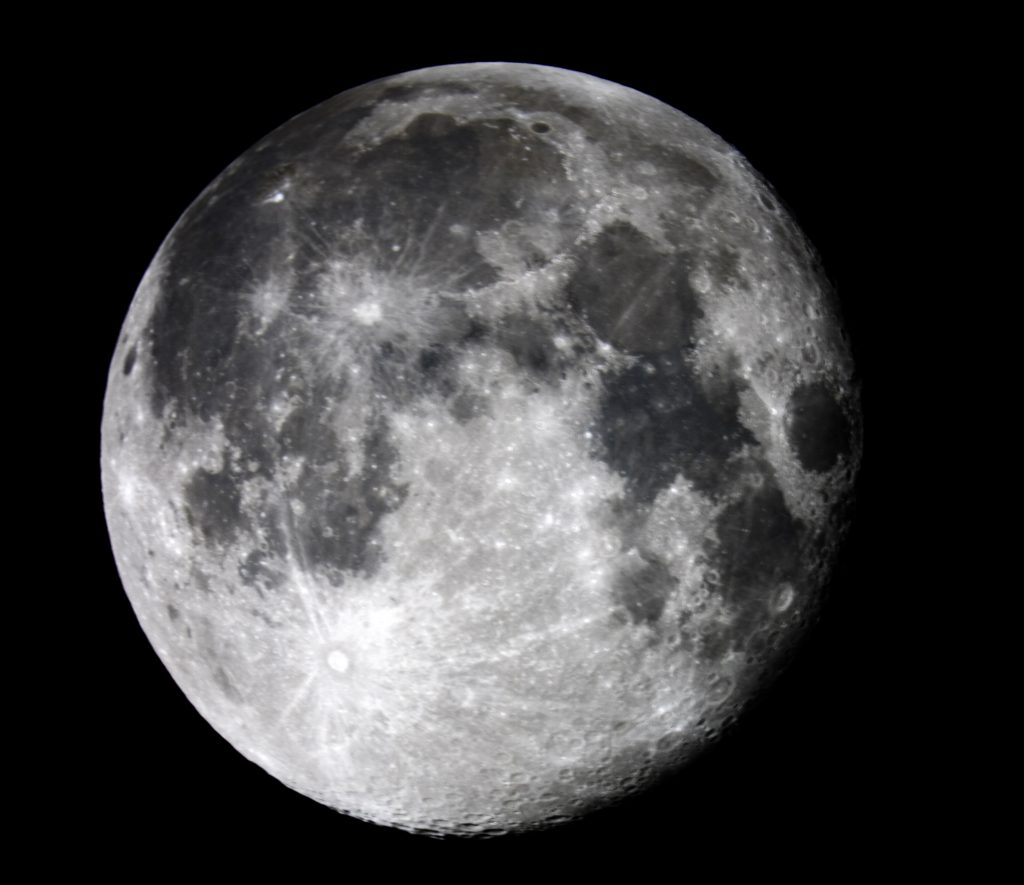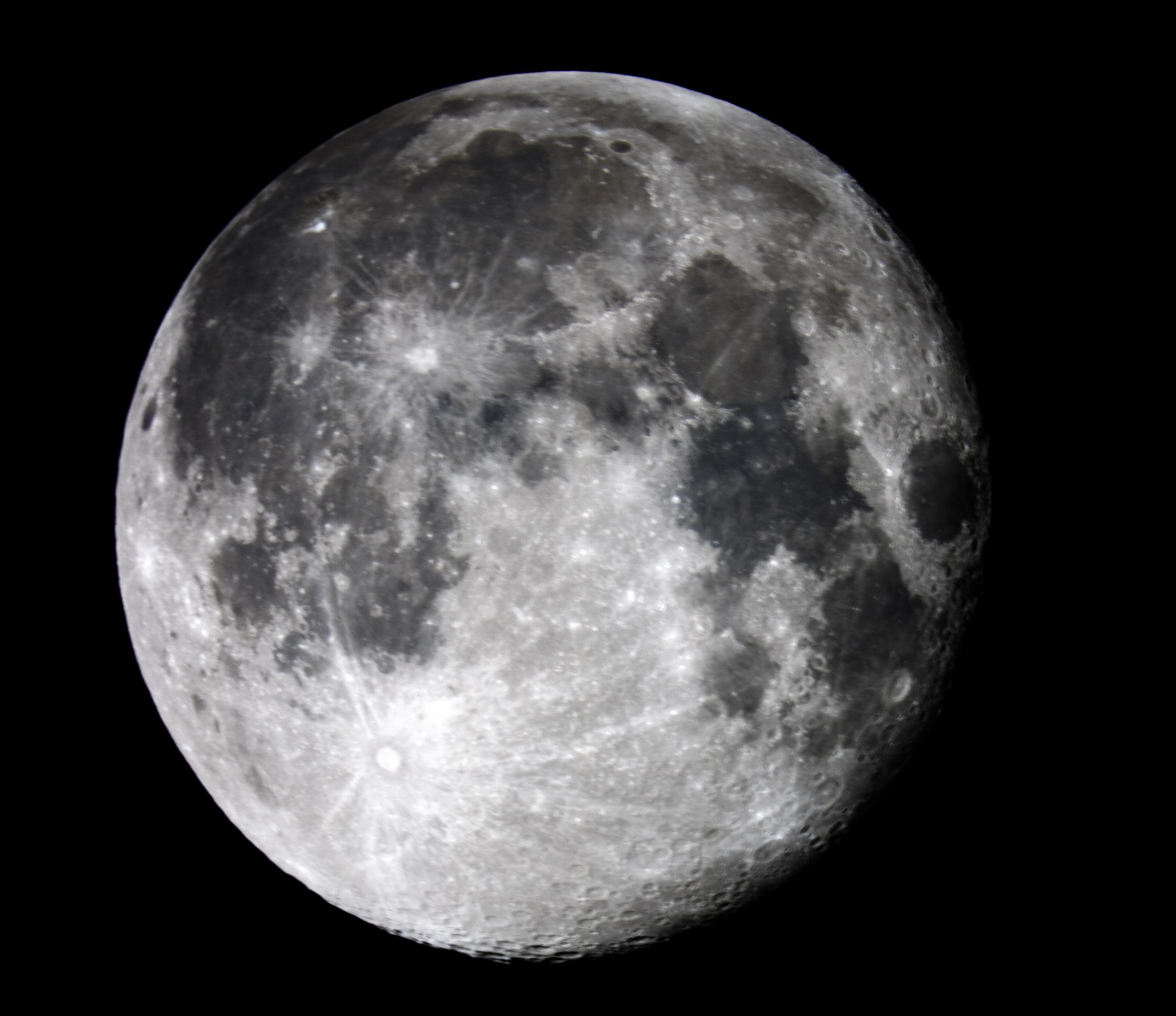
Similar Posts
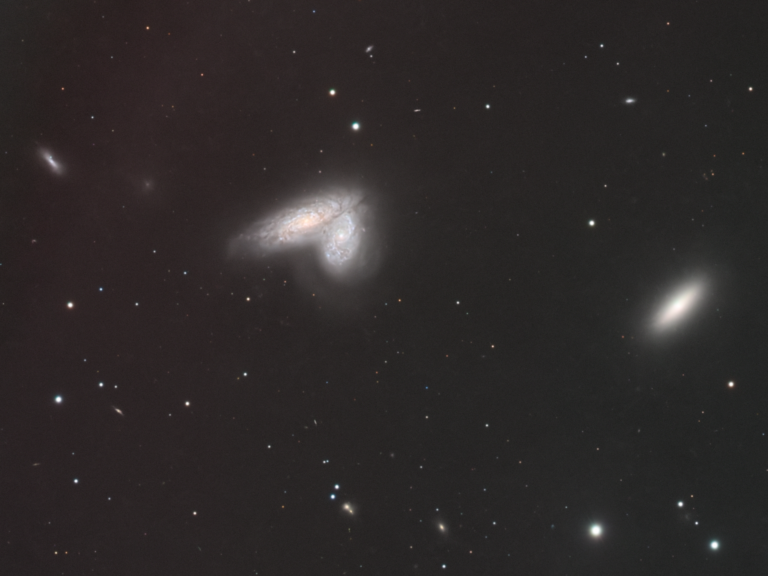
The Butterfly Galaxies
The galaxies NGC4567 and NGC4568 are colliding 60 million light-years away. This is really pushing the resolution limits here; we had good “seeing” last night meaning not a lot of turbulence to smear out the light reaching my telescope, and I carefully collimated and calibrated things prior to imaging last night. About as good as…
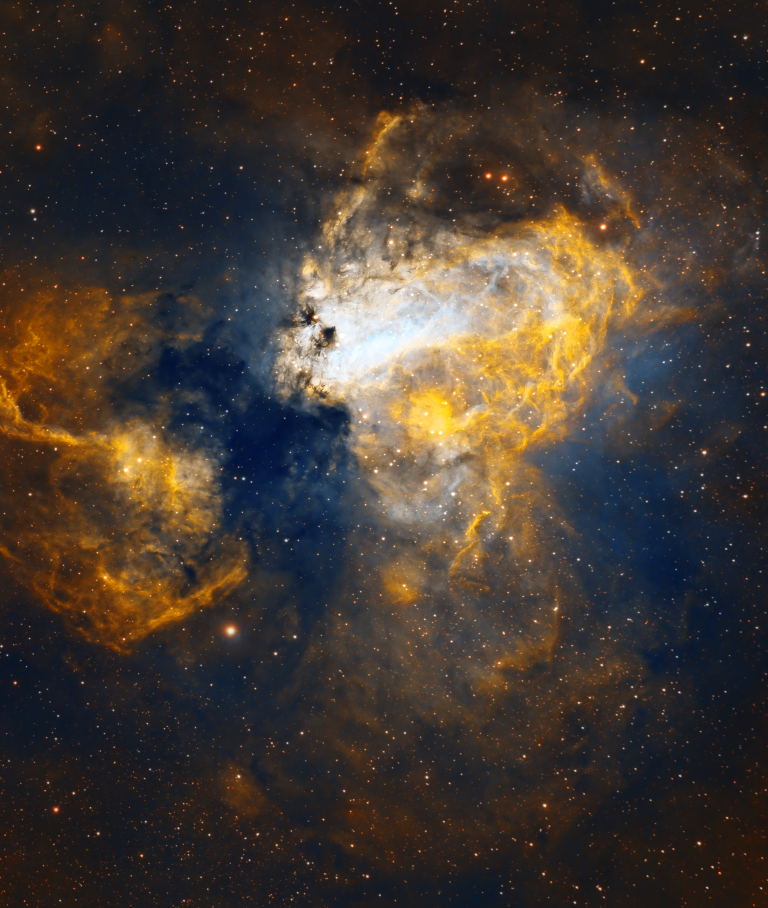
M17 doesn’t look like a swan to me.
M17 is commonly known as the Swan Nebula or the Omega Nebula. From this angle, I think it looks more like a crab – but “Crab Nebula” was taken! Shot over a hazy summer night, with narrowband filters for the gases of the nebula itself, and RGB natural-color filters for the stars. Presented processed with…
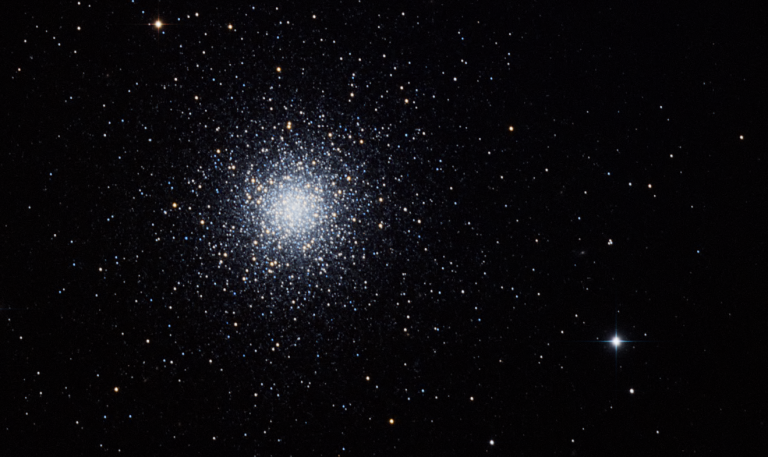
Globular Cluster M3
You’re looking at about 500,000 stars, balled up just outside of our galaxy. They are ancient; about 8 billion years old.
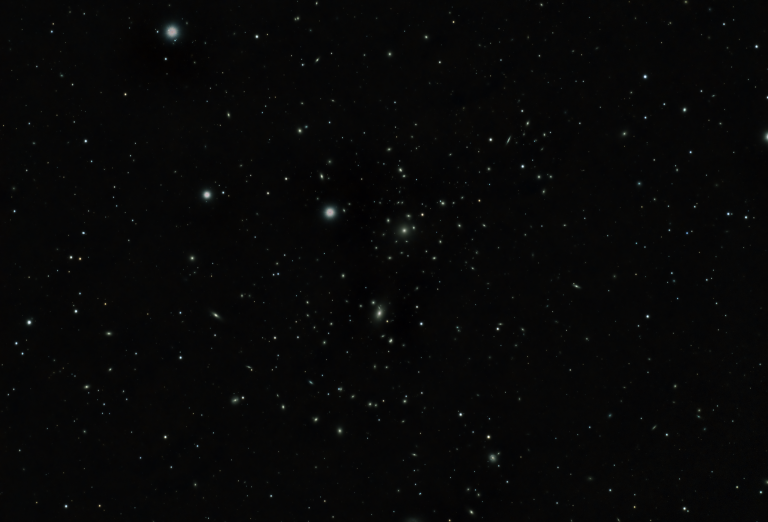
Coma Berenices Galaxy Cluster
AKA Abell 1656. There are tens of thousands of galaxies in this portion of the sky; almost everything in this image is an entire galaxy filled with hundreds of millions of stars. Whoah. And they’re hundreds of millions of light-years away. Click and zoom in to explore them all.
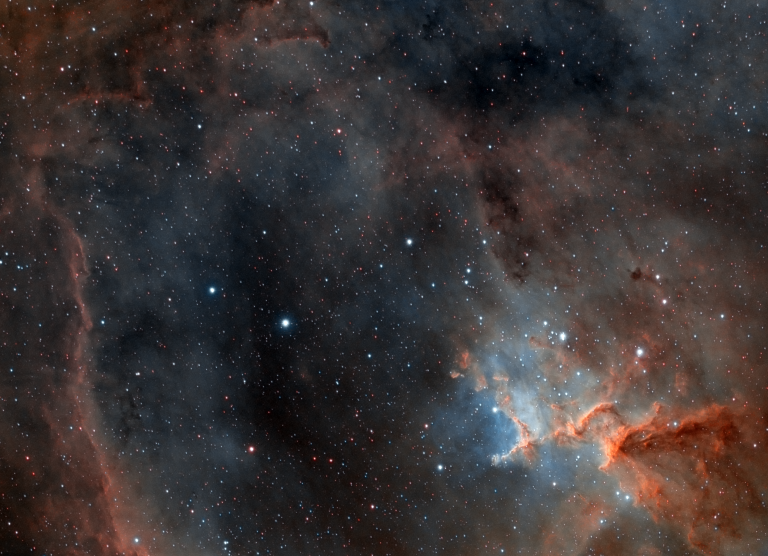
The Heart of the Heart Nebula
The Heart Nebula is a little too big to fit within the field of view of my telescope, but its inner “heart” is interesting in its own right. This is star cluster Melotte 15, formed from the gases within the Heart Nebula – and some of that gas remains, forming interesting clouds and formations where…

Revisiting M13 in Hercules
M13 is one of the most photogenic and popular globular clusters, and it’s pretty easy to see with nothing more than a pair of binoculars if you know where to look! But it’s even prettier with a long exposure – this is about 3 hours of exposure time. Blow it up to full size, and…

